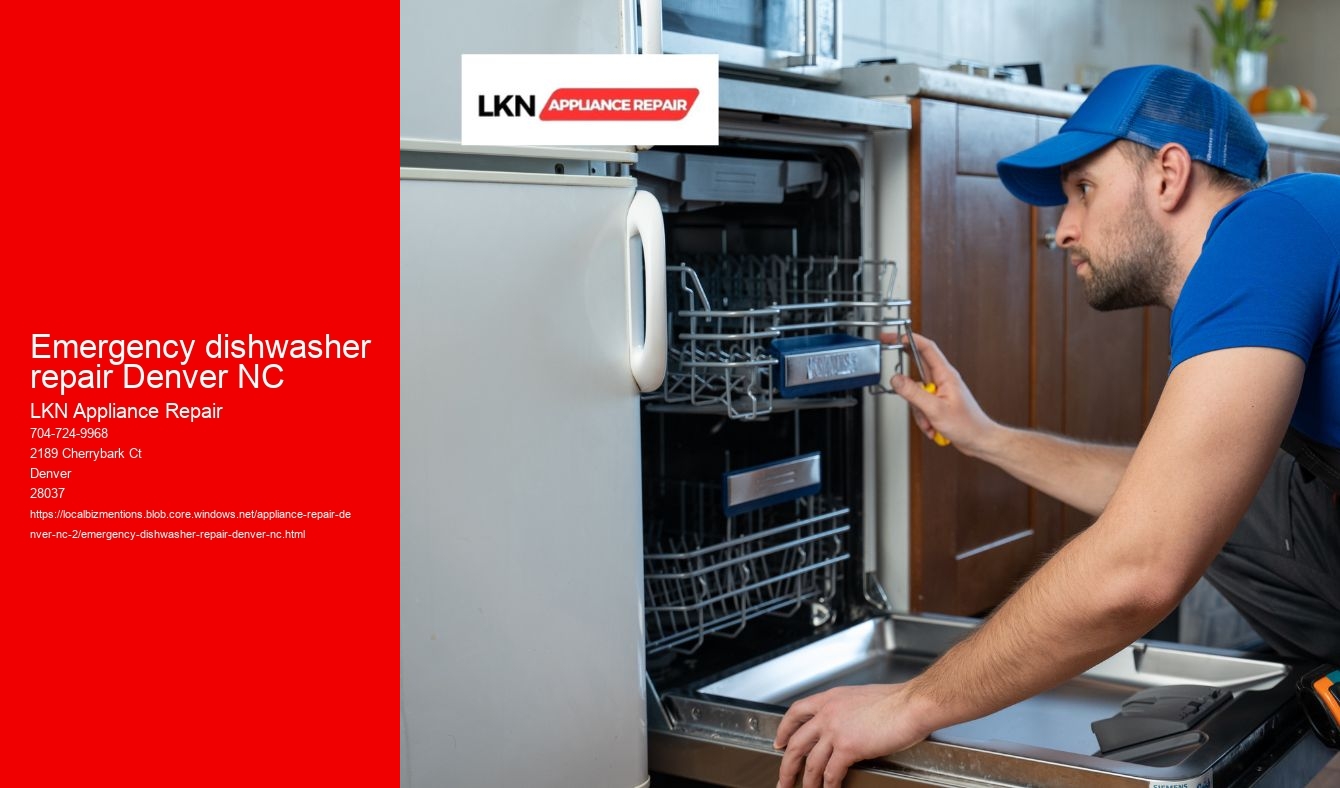Ultimate Overview: How to Properly Tidy and Maintain Your Dish Washer for Long life
Denver NC dishwasher repair services .Intro: Your dishwashing machine is one of the hardest-working devices in your kitchen area, carefully rubbing away food particles and grease from your meals. Nevertheless, to maintain it running successfully and lengthen its life-span, normal cleaning and upkeep are essential. In this thorough guide, we'' ll stroll you with the steps to effectively tidy and maintain your dish washer, ensuring it operates smoothly for many years to come.
-
Understand Your Dishwashing machine: Prior to diving right into the cleaning procedure, it'' s vital to understand exactly how your dish washer functions. Acquaint on your own with its components, such as the filter, spray arms, cleaning agent dispenser, and seals. This understanding will aid you recognize areas that need regular focus.
-
Normal Cleansing Routine: Developing a routine cleaning routine is essential to avoid build-up and preserving ideal efficiency. Right here'' s a step-by-step overview:
a. Clean the Filter: The filter catches food particles and debris, stopping them from obstructing the dishwashing machine'' s drainpipe. Remove the filter according to the maker'' s guidelines and rinse it under running water to remove any residue. For stubborn build-up, soak the filter in warm, soapy water prior to rinsing.
b. Clean Down the Inside: Use a damp fabric or sponge to clean down the indoor walls, door, and gasket of the dish washer. Pay unique attention to locations prone to mold and mold, such as the door seal.
c. Unclog the Spray Arms: Inspect the spray arms for obstructions or particles that might impact water flow. Utilize a toothpick or tiny brush to get rid of any accumulation from the spray nozzles.
d. Run a Cleaning Cycle: Occasionally run a vacant dishwasher cycle with a specialized dish washer cleaner or a mixture of vinegar and baking soda. This helps remove limescale, grease, and odor-causing germs from the interior components.
-
Deep Cleaning Tips: Along with regular upkeep, deep cleansing your dishwashing machine now and then is important for optimal performance. Comply with these actions for a thorough clean:
a. Vinegar Rinse: Place a cup of white vinegar in a dishwasher-safe container on the leading rack of the empty dishwashing machine. Run a hot water cycle to help remove mineral deposits and eliminate smells.
b. Sodium bicarbonate Scrub: Sprinkle cooking soda on the bottom of the dish washer and let it sit for several hours or over night. Then, making use of a damp sponge or towel, scrub the interior surface areas to remove stubborn discolorations and residue.
c. Check the Drainpipe: Check the dish washer drain for any type of blockages or clogs. Eliminate particles utilizing a plumbing'' s serpent or a cord wall mount, making certain correct water drain.
-
Maintenance Tips for Longevity: To expand the life expectancy of your dish washer and stop costly fixings, incorporate these upkeep tips right into your regimen:
a. Usage Quality Cleaning agent: Go with top quality dishwasher detergent to ensure efficient cleaning without harming the device'' s components.
b. Avoid Overloading: Stand up to the lure to pack too many meals right into the dishwasher, as overcrowding can impede correct water blood circulation and cleaning performance.
c. Inspect Seals and Gaskets: Routinely inspect the door seals and gaskets for indications of wear or damage. Change any type of damaged seals to stop leaks and keep energy efficiency.
d. Clean Outside Surfaces: Don'' t fail to remember to clean down the exterior surfaces of the dish washer, consisting of the control panel and door manage, to maintain them free of dust and grime.
Conclusion: By following these basic yet effective cleansing and upkeep ideas, you can ensure that your dishwashing machine runs successfully and lasts for years ahead. Incorporate these techniques right into your family regimen to take pleasure in sparkling clean dishes and easy dish washer efficiency.
